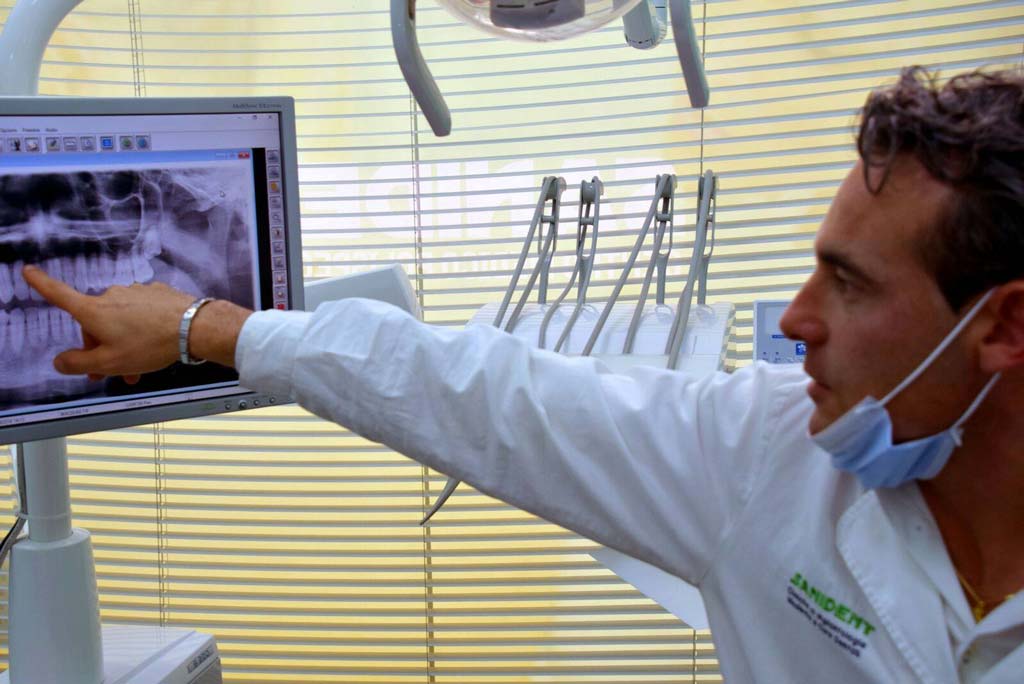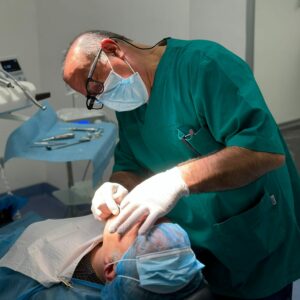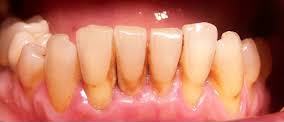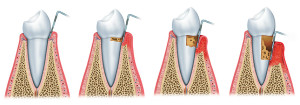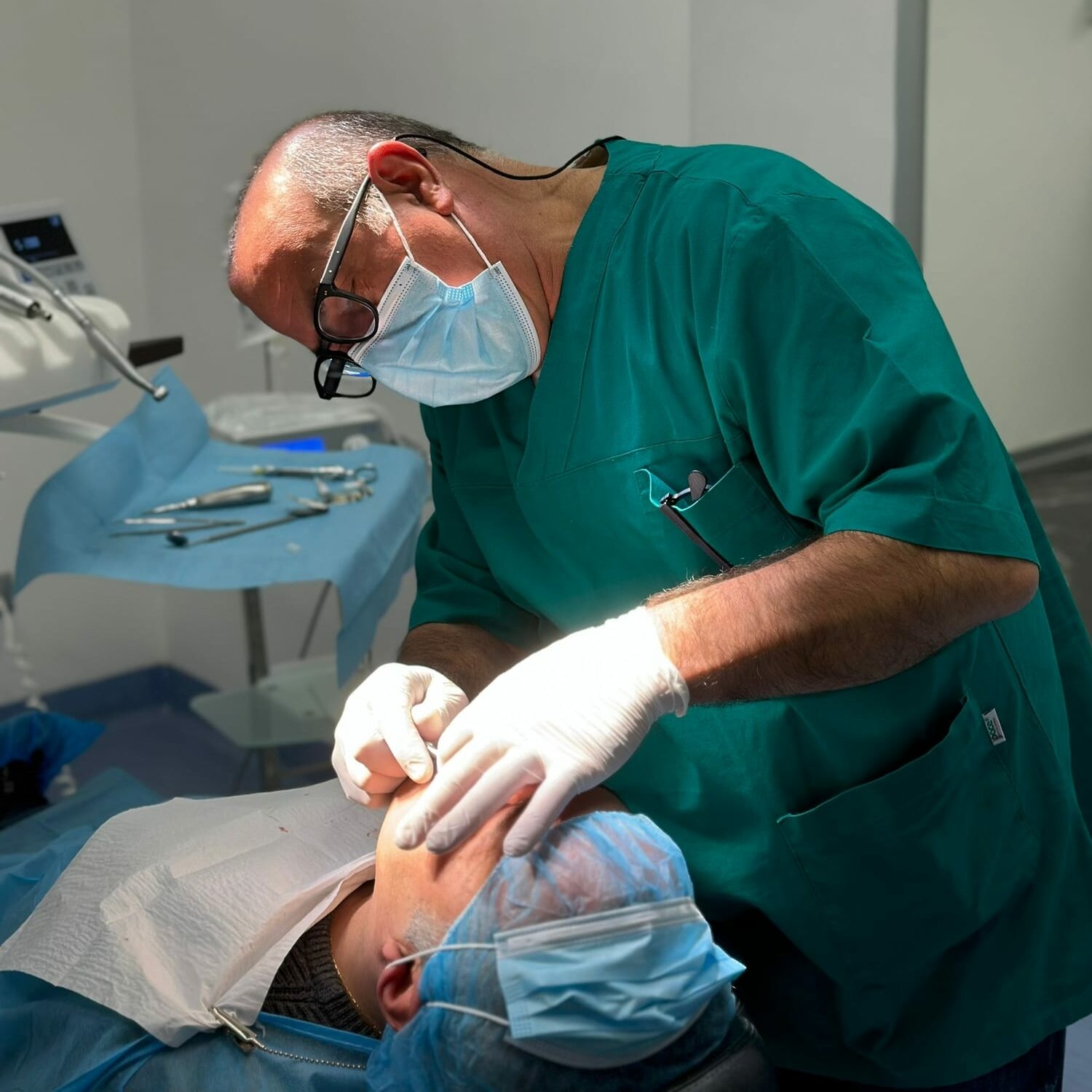Until a few decades ago, undertaking dental therapies was a cause for concern for the patient, in addition to the deep-rooted fear of the dentist, there was a sort of reverence for which establishing a dialogue with one’s doctor was practically unthinkable.
The evolution of the dentist-patient relationship
Over the last few years, the relationship between dentist and patient has changed profoundly. Today the relationship of trust that binds the patient to his dentist is a fundamental element for the success of all dental therapies.
Patients are increasingly actively involved in deciding which dental treatment to undertake; information is shared in detail, any contraindications and the procedures to be followed before and after therapy.
Dental care represents an important aspect of the patient’s quality of life, having a relationship of trust with your dentist guarantees serenity and safety in any type of intervention.
Dental therapies: the use of simple language
Putting the patient at the center of dental therapies also means using clear and understandable language in dialogue with the patient.
Lack of understanding can generate fear and anxiety in the patient about the treatment to be undertaken.
In a recent research, a trainee dentist in oral surgery investigated the misunderstandings and confusion that can be generated with unclear language in the context of dental therapies.
The study was published in the British Dental Journal of July 2021, the author assessed the understanding by patients of the terms and information that are used in the dental field.
Patients were asked to answer a questionnaire consisting of both multiple choice and open-ended questions.
The questionnaire consisted of three different sections:
- questions regarding the patient’s demographic and personal characteristics;
- eleven multiple choice questions to evaluate patients’ understanding of some terms commonly used in dentistry (for example: ulcer, lesion, sedation and cyst);
- open-ended questions to assess understanding of seven terms (biopsy, tumor, metastasis, impacted tooth, x-ray, lymph nodes and precancerous lesions).
The results found that some very common terms in dental therapies are not always adequately understood by patients. Some of the patients involved in the research confused the term “sedation” with general anesthesia, so many ignored the meaning of ulcer within the oral cavity.
Simplifying the language as much as possible by dentists is a necessary step to strengthen the relationship of trust with the patient and offer targeted and increasingly personalized care.






